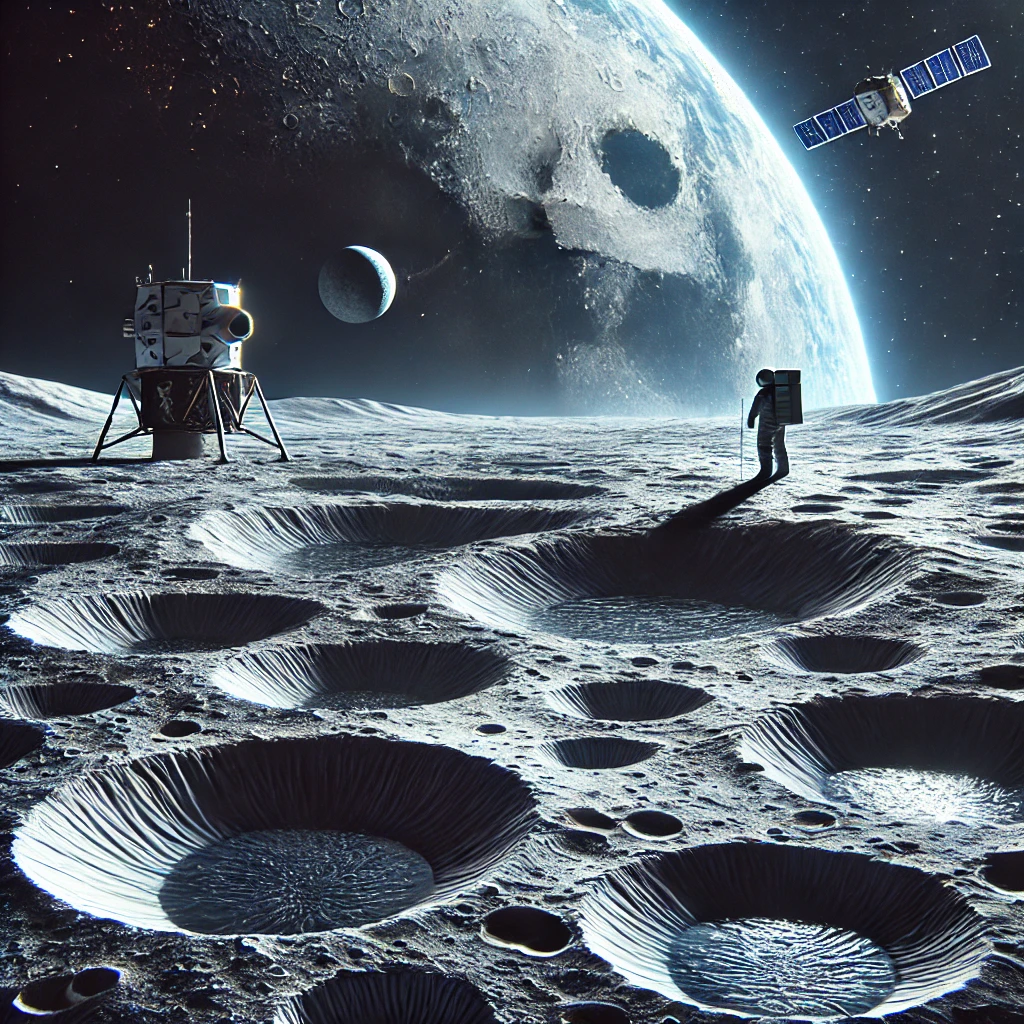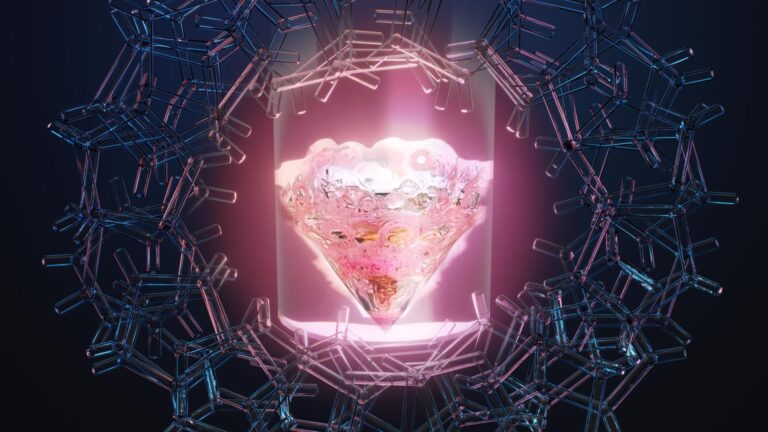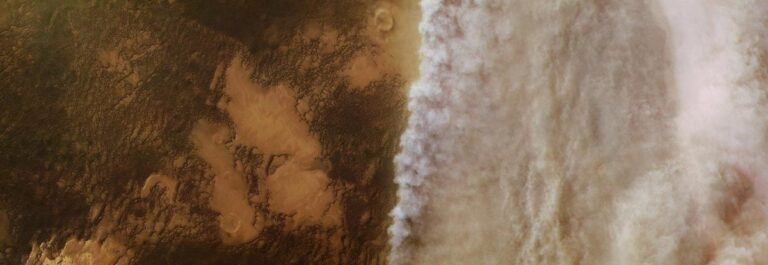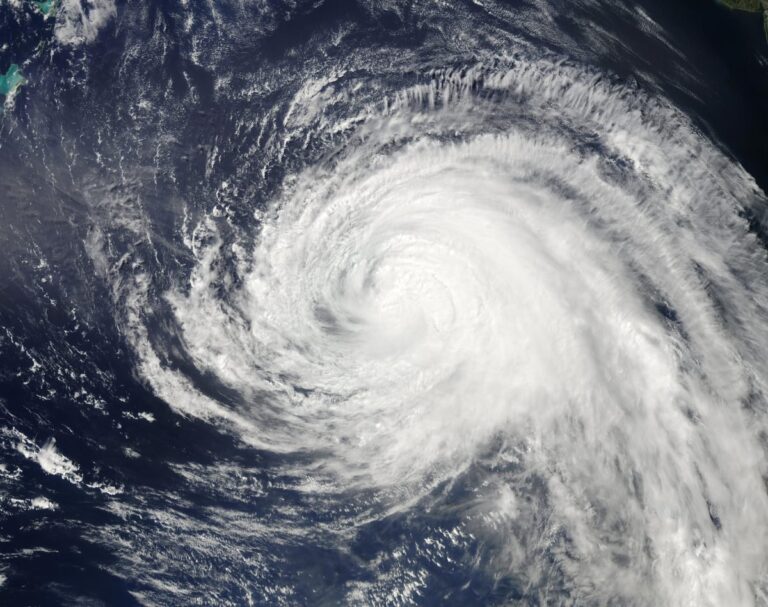In a groundbreaking discovery, NASA scientists have confirmed the presence of water molecules in the shadowed craters of the Moon’s south pole. This finding, made using the SOFIA (Stratospheric Observatory for Infrared Astronomy) telescope, has sparked excitement among space exploration enthusiasts and researchers.How Was the Water Found?NASA used advanced infrared sensors to detect water molecules, even in the Moon’s harsh, sunless craters.
These areas, where temperatures drop to -250°F, serve as natural reservoirs, preserving water in frozen form for billions of years.Why Is This Important?The discovery of water on the Moon has far-reaching implications:
1. Sustaining Lunar Missions: Water can be used for drinking and producing oxygen for astronauts.
2. Fuel Production: Hydrogen extracted from water could be a source of rocket fuel for deep space exploration.
3. Colonizing the Moon: This discovery strengthens plans for establishing permanent lunar bases.Impact on Future Space MissionsWith NASA’s Artemis program aiming to send astronauts back to the Moon by 2025, this water source could reduce the need to transport resources from Earth, making missions more cost-effective.
The Global Space Race IntensifiesCountries like China and India are also eyeing the Moon’s resources, making this discovery a strategic advantage for NASA.Stay updated as this discovery revolutionizes humanity’s journey into space.

















+ There are no comments
Add yours